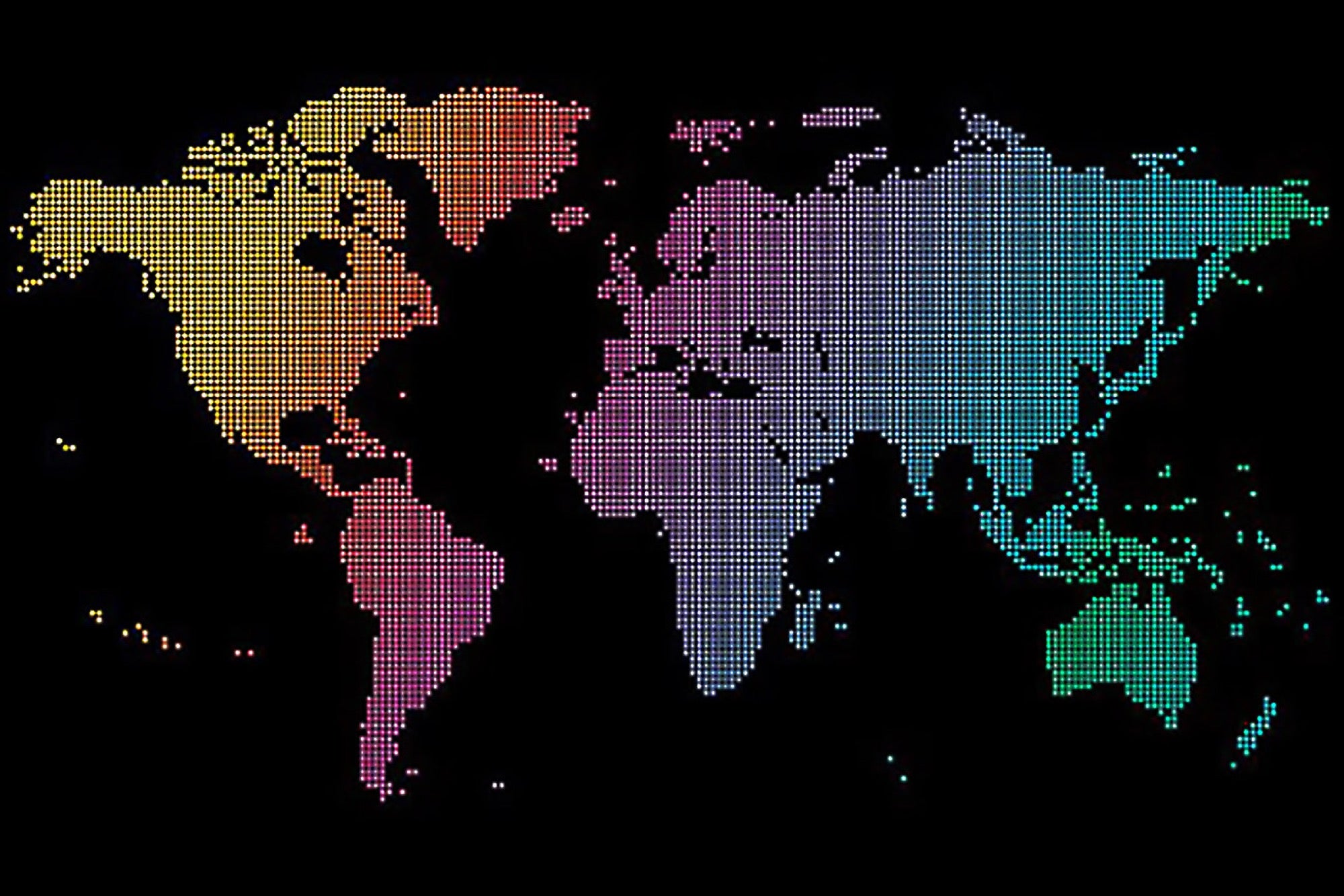3 Tips for Managing a Cross-Cultural Workforce If you have company branches in the United States and the Philippines, communications are essential since one workday ends when the other begins.
By Pratik Dholakiya Edited by Dan Bova
Opinions expressed by Entrepreneur contributors are their own.

Multinational companies have been around for a long time. And that's a good thing because, if they're managed effectively, these entities can contribute greatly to economic globalization.
Related: 6 Secrets to Navigating Cross-Cultural Differences
The technology needed for just such effective management has improved, too, making it simpler to manage an international team. With all the 24-hour means of instant communication available, businesses of all sizes are able to outsource tasks or run parts of their business on the opposite side of the world, with ease.
However, while the international workforce that's arisen in these organizations is great for connecting with a wider range of customers, managing these employees from completely different backgrounds and cultures is by no means easy. It takes a strong effort to run a smooth operation with thousands of miles of separation.
Fortunately, there are a great deal of resources available to help. Here are three tips to help manage a multinational workforce.
1. Embrace diversity.
A diverse workforce presents challenges in terms of region, customs and communication. In these situations, it is important to not just accept differences, but fully embrace them across your entire business.
It can be an extremely humbling experience to open your operations to differing cultures and lifestyles. Embracing those differences and leveraging a shared vision is crucial in making your business successful.
"You need to map out a sense of what those differences mean in terms of how people conduct themselves in the workplace and what their sensitivities and motivations may be so you can create an environment that enables all people to contribute and be effective," Louise Langridge, joint managing director of recruitment at Morgan McKinley, told the Seek Australia's blog.
Promoting diversity in the workplace requires efforts by everyone. Developing and implementing a diversity training program throughout your company is a great step.
Wells Fargo has detailed how it promotes an inclusive approach to diversity within its workplace as well as its community. The company claims to live by the philosophy that by promoting and embracing cultures within its company, it is better equipped to anticipate the needs of customers from all backgrounds.
Creating opportunities for your employees to learn about their coworkers' perspectives and ways of life is essential if you want to build a healthy work environment and open-mindedness about contributions to the big picture.
Related: 5 Ways to Overcome Cultural Barriers at Work
2. Promote open communication.
When managing employees from different parts of the world, successful companies realize that good communication is everything. In fact, 86 percent of employees participating in a Fierce Inc. survey cited ineffective communication as the root cause for workplace failures.
For multinational companies, the level of communications in place may determine a business's life or death. For instance, if you have branches in the United States and Philippines, you will need a good system in place to communicate tasks and progress due merely to the fact that when one workday ends, the other begins.
Situations like this can have a lot of roadblocks and miscommunications, especially when a language barrier exists. When businesses run into problems like these, tasks do not get completed efficiently. Luckily, technology has come a long way and a lot of phenomenal tools exist to help combat linguistic issues among employees.
For those who are not fluent in multiple languages -- and that's most of us -- Qtok is a highly-developed app, with over 546 live interpreters to provide full translations within seconds. The interpreters are from a wide range of backgrounds in medicine, tourism, law, accounting and other fields. Embracing this technology is great for businesses to make sure communication flows smoothly between international branches.
Of the 800 million people who speak English, over half learned it as a second language. Therefore, promoting open communication throughout all business practices must be a top priority.
3. Foster strong relationships among workers.
Team-building is often an overlooked part of the business world. Building meaningful relationships among employees is important, to keep everyone engaged in their work and performing group tasks efficiently.
You can get to know someone only so well over text or email. Multinational companies are at a disadvantage because they can't host events like monthly happy hours or in-person team-building events.
If you are in this predicament, there are strategies you can take to compensate. Start by setting up weekly face-to-face calls for employees to go over their progress and catch up. For team-building, try some of the innovative games available online.
An awesome one to consider for some office-wide friendly competition is Ozoneplay. Available on iTunes, this app provides a unique mobile gaming experience where players host competitions among friends and compete for cash prizes. Video games are becoming another increasingly popular tool for team-building. Experiment with weekly gaming sessions to build camaraderie and boost interoffice rapport.
The reason? Forging international relationships in the workplace is a win for everyone in an increasingly multinational business world.
Related: How to Avoid Cultural Missteps When Doing Business With Other Countries
From a philosophical perspective, bringing people together from completely different backgrounds to work toward the same goal is what makes humans grow as a collective race. The key to navigating these waters lies in promoting meaningful communication and the ability to seamlessly integrate cultures, to see the big picture.










